FIVE-STAR TEAM WARRANTY &
SAME-DAY SERVICE
My Water Heater Temperature Relief Valve is Leaking
A water heater relief valve, also known as temperature and pressure (T&P) relief valve, is a safety component that releases excess pressure or temperature from the water heater. Its primary function is to release excess pressure or temperature buildup inside the tank to prevent catastrophic failures such as explosions or ruptures. When the pressure or temperature surpasses safe levels, the valve opens, allowing water to discharge safely out of the system. If it is leaking, it could indicate a problem with your water heater, and it’s important to address it promptly. Here are some common reasons why a relief valve may be leaking and possible solutions:
High Pressure:
Cause: Excessive pressure in the water heater tank.
Solution: Check the water pressure in your home. It should be between 40 and 65 psi. If it’s too high, consider installing a temperature & pressure reducing valve. Additionally, you may need to replace the expansion tank or adjust its pressure if one is installed.
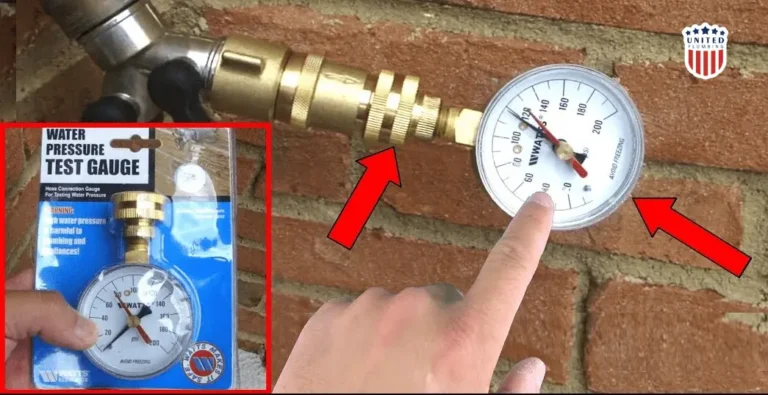
High Temperature:
Cause: Water temperature in the tank is too high.
Solution: Adjust the thermostat on the water heater to a lower temperature. The recommended temperature setting is around 120 degrees Fahrenheit (49 degrees Celsius). This will help prevent overheating and excessive sediment buildup.
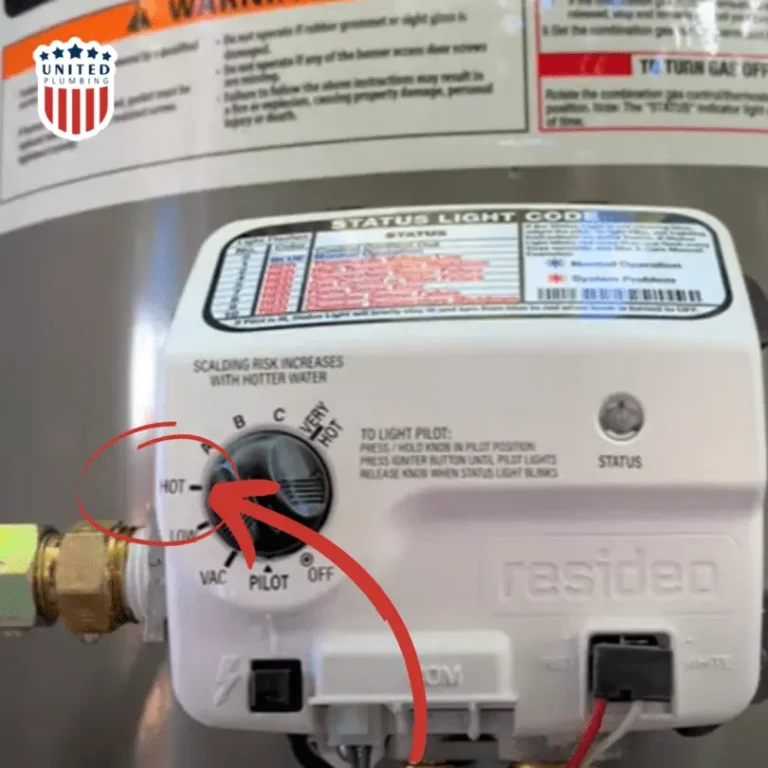
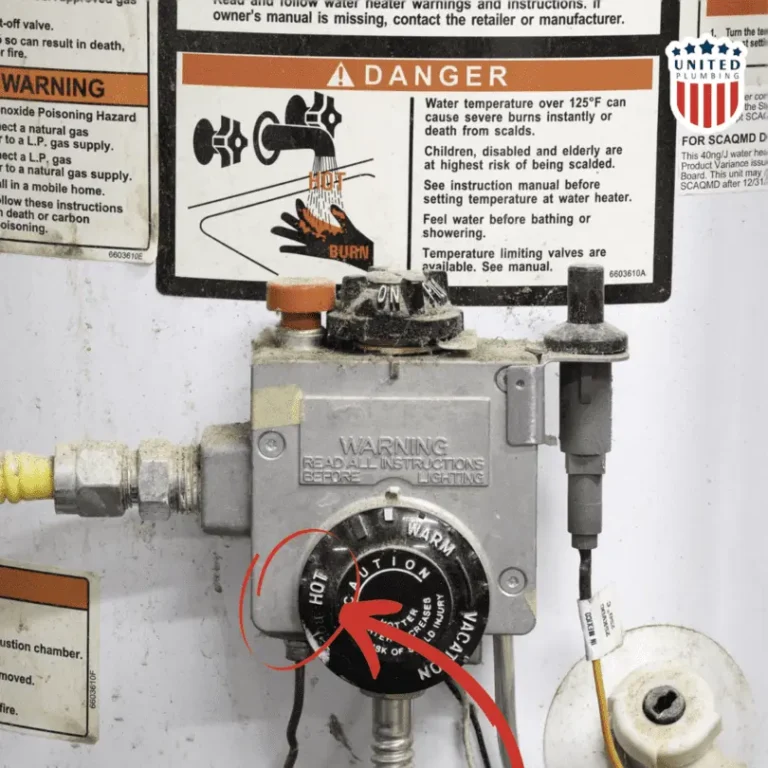
Bad Temperature & Pressure relief Valve:
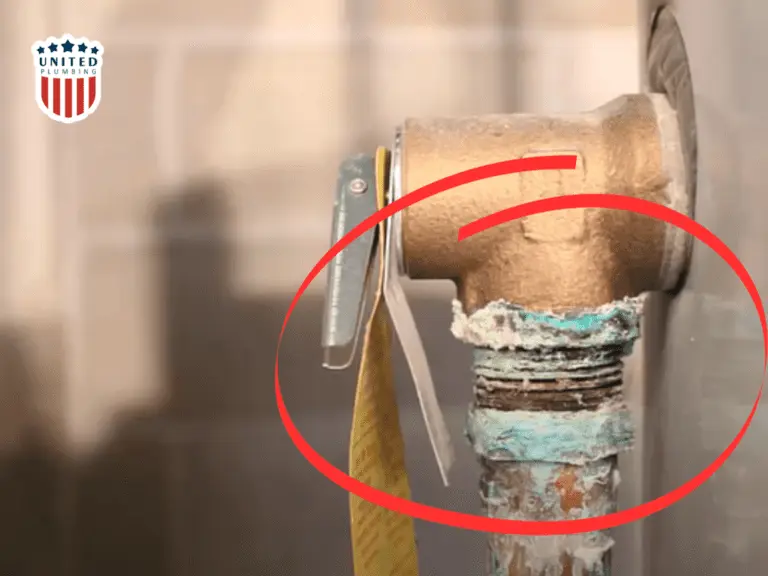
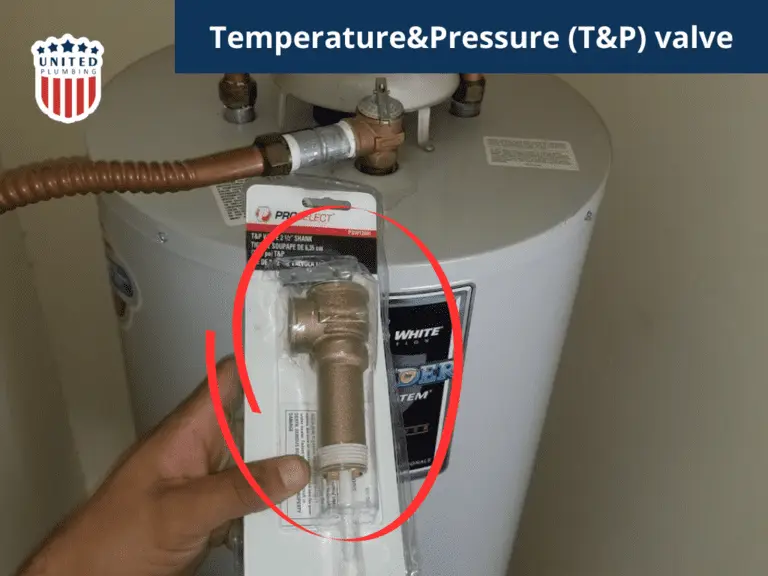
Cause: The T&P valve itself may be bad or corroded.
Solution: If the T&P valve is old or appears damaged, it may need to be replaced. Turn off the power to the water heater, close the water supply valve, and then drain a few gallons of water from the tank before replacing the T&P valve.
Another causes of leaking T&P valve: Sediment Buildup:
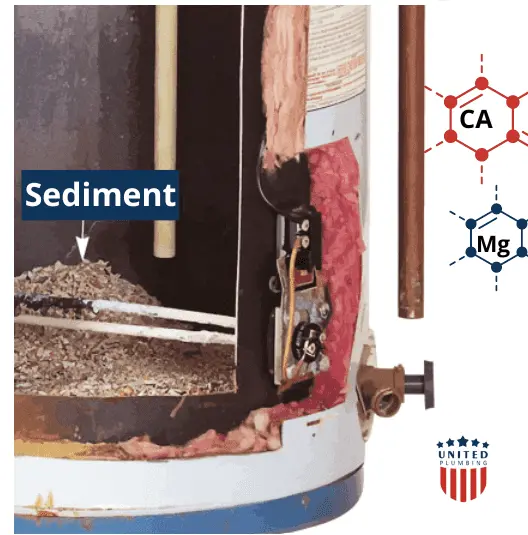
Cause: Sediment can accumulate at the bottom of the water heater tank, leading to overheating and pressure issues.
Solution: Regularly flush the water heater to remove sediment. Read here how to flush the water heater.
Always exercise caution when working with water heaters. If you are unsure or uncomfortable performing these tasks, it is recommended to seek professional assistance from a licensed plumber technician to address the issue and ensure the safety of your water heater system.
Post views: 212
Latest posts
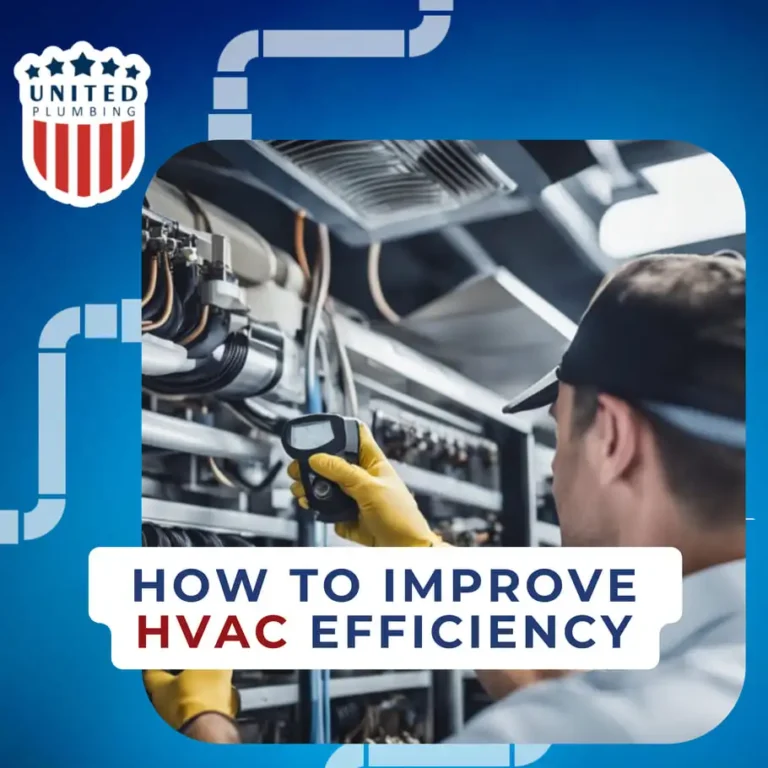
How to Improve HVAC Efficiency: Tips and Tricks for Optimal Performance
Improving HVAC efficiency is a crucial aspect of reducing energy consumption and saving money on utility bills. HVAC...

Best HVAC Systems for Home: Top Picks for Efficient and Reliable Heating and Cooling
When it comes to keeping your home comfortable, a reliable HVAC system is essential. HVAC, which stands for heating,...


